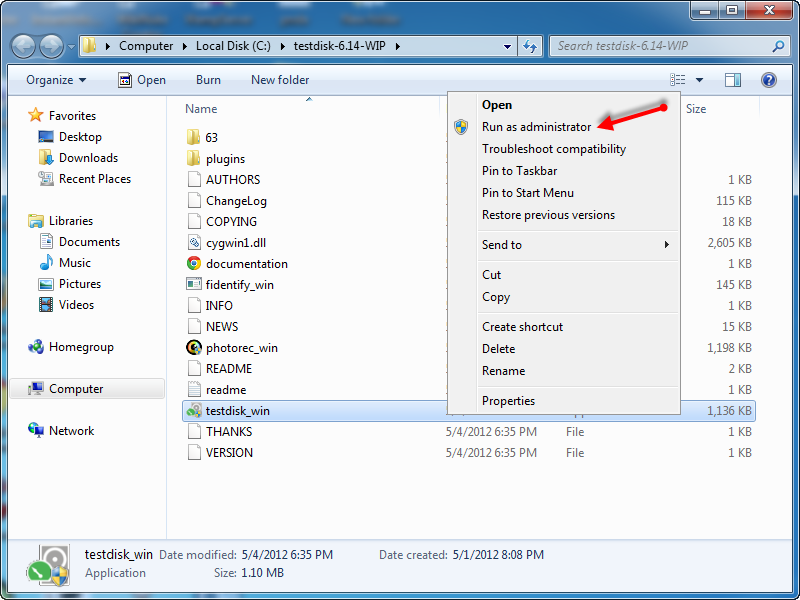
TestDisk can be used in digital forensics to retrieve partitions that were deleted long ago. TestDisk can recover deleted files especially if the file was not fragmented and the clusters have not been reused. When a file is deleted, the list of disk clusters occupied by the file is erased, marking those sectors available for use by other files created or modified thereafter. TestDisk can deal with some specific logical filesystem corruption. However, it is up to the user to look over the list of possible partitions found by TestDisk and to select those that they wish to recover. TestDisk can perform deeper checks to locate partitions that have been deleted from a storage device or disk image. TestDisk reads sectors on the storage device to determine if the partition table or filesystem on it requires repair. The geometry information is required for a successful recovery. hard disks, memory cards, USB flash drives, and virtual disk images) from the BIOS or the operating system.

TestDisk retrieves the LBA size and CHS geometry of attached data storage devices (i.e. TestDisk can recover deleted partitions, rebuild partition tables or rewrite the master boot record (MBR).

TestDisk can recover deleted files with 97% accuracy. TestDisk uses a command line user interface. In particular, it recognizes the GUID Partition Table (GPT), Apple partition map, PC/Intel BIOS partition tables, Sun Solaris slice and Xbox fixed partitioning scheme.

TestDisk handles non-partitioned and partitioned media. NT 4.0, 2000, XP, Server 2003, Server 2008, Vista, Windows 7, Windows 8.1, Windows 10), Linux, FreeBSD, NetBSD, OpenBSD, SunOS, and MacOS. TestDisk supports DOS, Microsoft Windows (i.e. TestDisk can collect detailed information about a corrupted drive, which can then be sent to a technician for further analysis. TestDisk is a free and open-source data recovery utility that helps users recover lost partitions or repair corrupted filesystems.


 0 kommentar(er)
0 kommentar(er)
